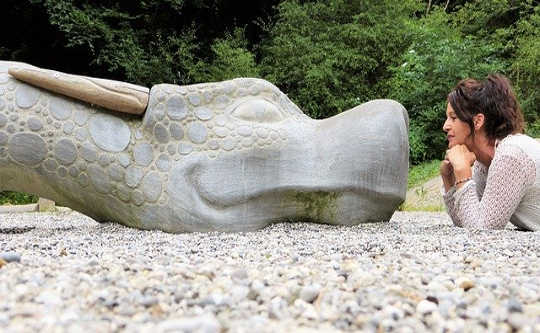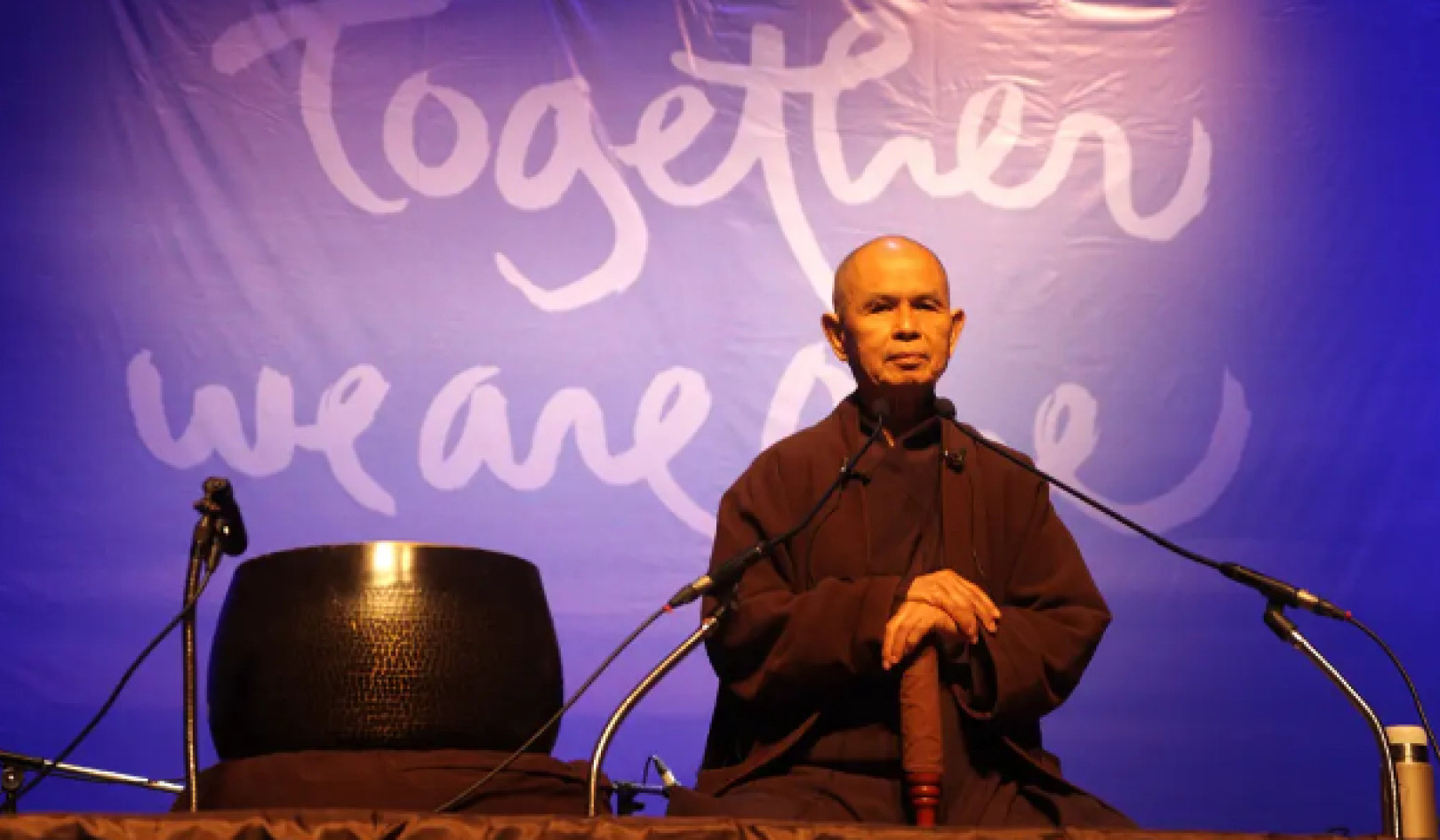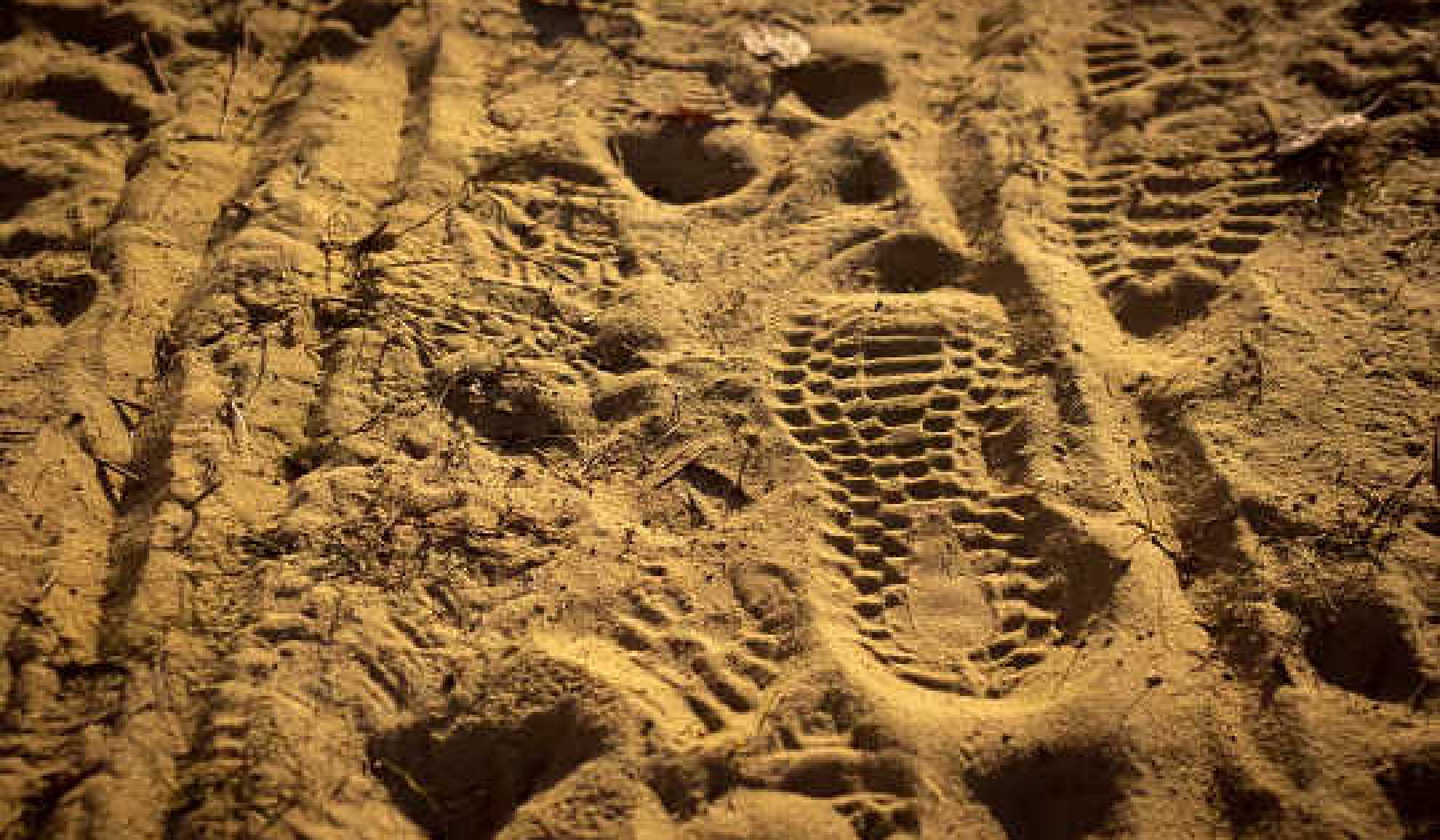
Image by silviarita
Myths make sense in (and of) a cultural context. When the context changes, the old myths stop making sense. That's what happened to the Greek myths over twenty-five hundred years ago, when philosophers like Xenophanes began to question the reality of the traditional gods and goddesses. In a similar spirit, our own philosophers have been chipping away at the Judeo-Christian mythos for the past couple of centuries, attempting to replace it with a secular substitute.
In Myth and Philosophy: A Contest of Truths, philosopher Lawrence J. Hatab of Dominion University has argued that myth cannot and should not be reduced to other modes of expression (such as rational explanation in philosophy, mathematics, or science), and that in its own way myth offers truths as real and important as those of rational discourse. Moreover, according to Hatab, when philosophy tries to break completely with myth, it loses its way; and it is this attempt on the part of modern science and philosophy to demythologize human consciousness that has weakened our ties with the deepest truths of our cultural heritage.
The materialist philosophers that Hatab opposes say that we should get rid of myths altogether, become more rational, and wean ourselves from superstition. Myth, they say, should retire in favor of science. But science, though it is formulated in a way quite different from traditional myths, still serves a mythic function: It tells us how the Universe began, where the first people came from, and how the world came to be the way it is. This suggestion that we do away with mythology is based on a fundamental misunderstanding of myth and of the human psyche. Myth in some form is inevitable and necessary. Our knowledge is always finite, and is always overlapped by our need for meaning. Our thoughts and aspirations seek some symbolic language through which we can talk about, and participate in, what we otherwise cannot see, touch, or taste. What is our goal, our meaning, our purpose as human beings? These are the questions a myth can answer.
Virtually every thinking person sees the need for dramatic global renewal if our world is to survive; and, as the greatest politicians, artists, spiritual leaders, and even scientists know in their bones, only a new myth can inspire creative cultural change. But where will this bolt of inspiration come from?
Ironically, while many scientists have sought to undo myth altogether, it is science itself that seems to me to be serving as a primary source for a new myth. Science's great strengths are its continual checking of theory with experience and its ability to generate new theories in response to new discoveries. While it is still a very young enterprise, and capable of generating its own irrational dogmas, science is in principle malleable and self-correcting. Currently, it appears that elements of a new myth are emerging through quantum and relativity physics, though more directly and powerfully through the findings of anthropology (which is "discovering" the wisdom of native peoples), psychology (which is only beginning to develop a comprehensive understanding of human consciousness), sociology (which offers a comparative view of human economies and lifestyles), and ecology -- as well as through the profound, nearly universal human response to the view of planet Earth from space, an image that owes more to technology than to theoretical science.
Each of these sources is, I believe, contributing to the formulation of a myth whose general features are becoming clear enough that it can be articulated in simple story form. We could call it the myth of healing and humility. It starts out somewhat like the old myth, but diverges rather quickly.
THE NEW STORY
Tens of thousands of years ago, human beings subsisted by gathering wild plants. These ancestors of ours were nomadic and lived in a magical interdependence with their surroundings. The animals and trees were their friends and spoke to them. To be sure, they faced challenges -- sickness and accidents, for example -- but generally enjoyed good health and a stable and rich communal life.
While other creatures' adaptations to their environment were physical and instinctual, human beings had developed large brains that allowed them to adapt and develop socially, spiritually, and linguistically in ways that were unique. This capacity for inner development and thus for cultural invention allowed people to respond quickly to environmental changes. And the environment did change -- ice ages following warm periods; floods following droughts -- sometimes over the course of millennia, other times in the space of hours or days.
The most dramatic climate shifts were brought about by occasional massive comet or asteroid impacts. On at least one occasion, still tens of millennia ago, the planet's atmosphere was darkened for years by dust raised from such a collision. So many plants died out during those years that humans resorted to hunting animals for food. Later, they retained the habit.
Then, between ten thousand and twelve thousand years ago, another series of catastrophes inspired more human adaptations. Up to this time, wild game had been plentiful -- so much so, that the human population had burgeoned. But now many of the big game animals were being hunted to extinction. In addition, climates everywhere were fluctuating rapidly and sea levels were rising, drowning densely populated coastal areas. Suddenly the world had changed, and people would have to change too in order to survive.
The tribes that had been most deeply traumatized by these events tended to live in a perpetual state of emergency, to blame themselves for provoking the gods, and to pass their felt trauma on to their children in the form of abusive discipline. Whereas before human groups had been egalitarian, this new crisis seemed to call for stern leadership. Men -- especially the strongest and most driven ones -- became dominant. Tribes began to fear and fight one another, and to fear the sky and the elements.
One further social adaptation to catastrophe had to do with the basic ways in which people related to their environment. Every creature, and every culture, must survive both by adapting to its environment, and by altering its environment to suit itself. But there are relative degrees of compromise between these two courses of action. In the case of our crisis-ridden Paleolithic ancestors, some apparently chose the former, deciding to learn more about the natural world so that they could accommodate themselves better to it. They dreamed myths that encoded meanings having to do with protecting populations of wild animals, with keeping the numbers of humans within bounds, and with honoring the diversity and interconnectivity of the web of life.
Other people, however, decided to concentrate on adapting the environment to themselves. They domesticated plants and animals; they cleared and plowed the land. They chose the best places and built permanent settlements. The populations of these groups continued to grow unchecked. As settlements increased in size, social arrangements became more stratified and classes developed. A few individuals became wealthy and powerful; the rest tried to make themselves useful. As their territory expanded, they came into conflict with other settled groups, with whom they fought or formed alliances; or with food gatherers and hunters, whom they killed or enslaved.
Wherever they settled, they exhausted the land. After a few generations, famine would strike and they would move on. Eventually, however, their populations and territories grew so large that there was nowhere else to go. Meanwhile, virtually all of the peoples who had taken the first option were now absorbed within the lands of the planters and herders. Huge cities sprang up, and devices were invented for every imaginable purpose -- for communication, transportation, manufacture, cooking, cleaning, personal hygiene, and mass killing. The feeding of the masses in the cities and the production of all these new devices required increasingly intensive farming and mining, and the ruthless regimentation of human labor.
As the whole Earth began to cry out in fatigue, as cities began to disintegrate in factional warfare, and as hunger gripped the poorer classes of the planting-and-herding groups, the youth of the latter began to seek out the few remaining peoples who had learned to adapt themselves to the land. The planters, who had been so arrogant, began to humble themselves before their cousins, from whom they had departed so long ago and whom they had butchered and enslaved at every opportunity. They began to humble themselves before the wild things and the wild places of the Earth. They vowed to heal and renew the land and to forge sacred ties of mutual respect and aid between species and cultures. And they vowed to remember, so that they would not make the same mistakes again.
All together, gradually, they came to understand and release their ancient fears. They began to use the wisdom and knowledge they had accumulated and preserved through the previous millennia to begin to build a new way of life, different both from their primordial food-gathering ways and from their later planting-and-herding ways. Realizing now that they were all deeply wounded, they together resolved to heal the deep effects of trauma, and to renounce violence. They learned to limit their population, and to satisfy their basic needs by ever-simpler means. Their social groupings became smaller and more democratic. The crisis they had just been through had deeply impressed them with a new sense of morality: Whereas before they had celebrated unbridled consumption and accumulation, now they knew the perils of excess size, speed, and sophistication. They had learned that it was only by respecting all life that they could live again in magical interdependence with their natural surroundings. Now, as long ago, they began to see the land as sacred, and to hear the voices of the trees and animals. Once again, life was good.
IS IT TRUE?
It is fair to regard this new myth with a degree of skepticism. After all, myths can be used to manipulate people. On many occasions individuals or groups have simply engineered a new myth by studying the requirements and tailoring one for the occasion. Quite of few of our culture's current myths came into being this way -- national myths, economic myths, myths about war enemies and beloved political leaders. But the truest and most genuine myths aren't manufactured: they are dreamt and sung and danced and lived.
In writing this story, I am keenly aware that I am to some extent "manufacturing" it, in the sense above, but at the same time articulating it from some source beyond myself. I am convinced that the basic outline of the story has a life of its own and is true, both in the sense that it is factual and in the sense that it is true to life. Of course, no myth is entirely true, any more than is any scientific theory entirely true. But if it helps us see ourselves and our situation from a more inclusive viewpoint, then we may perhaps profit by holding it lightly for a time and seeing how it affects the way we see and be.
One way in which I'd suggest testing the genuineness of this (or any) new myth is by asking the question, whom does it serve? Does it serve the interests of powerful people and institutions -- the sort who are in the habit of manufacturing myths? Or does it serve a larger constituency?
Assuming this story is in some sense a new myth such as Jung was calling for, what should we do about it? Should we advertise it? In a sense, that's what I'm doing by writing it down and publishing it. If I didn't think that there is some usefulness in the exercise, I wouldn't bother. But it is a limited usefulness. This story is, after all, only one articulation of the new myth. Other people at different times and with differing perspectives will doubtless cast it in other, perhaps truer or more compelling terms. Some would tell the story in theological language, whereas I have chosen not to. Also, there are many related sub-stories that I have omitted from this rendition -- ones having to do with the return of the Goddess; with the rediscovery of gentle, honest manhood; with the details of our real or potential renewed bonding with the animals, the herbs, and the stones.
LIVING THE NEW MYTH
More important than broadcasting the story, however, is living it. We can discover its truth only by testing it in the laboratory of our behavior and perceptions. Of course, such an effort only makes sense if one already has some intuitive sense of the new myth's truth and necessity -- which, I believe, many people have. Those of us who see the need to limit population growth and to foster economic equality and democracy; who are seeking ways to honor natural cycles, energies, and balances and to nurture the feminine principle in the world and in our own consciousnesses are all already drawn to the invisible outline of this new vision of human purpose and meaning.
As the old myth crumbles, taking with it institutions, economies, and lives, perhaps we need a story to make sense of the deepening chaos and to guide us toward a more coherent and sustainable pattern of existence. But that new story will serve us well only if it draws its power from the depths of our being, where culture, nature, and spirit all converge. Is it a fact, or is it only wishful thinking? -- that as the cement facade of civilization grows more impressive it also becomes more brittle. Cracks continually appear. And through those cracks we see the human vulnerability and woundedness of those who inhabit the edifice.
Deeper still, we occasionally catch a glimpse of light-aflame blazing at the core of humanity, a fire that burns at the heart of creation. This fire is the source from which new cultures and new species spring; it is the generative potential of life itself. And here lies our hope: In the heat of world destruction and world renewal, can we but learn to dwell in that flame.
Reprinted with permission from the publisher,
Quest Books. ©1996. http://www.theosophical.org.
Article Source
 A New Covenant with Nature:: Notes on the End of Civilization and the Renewal of Culture
A New Covenant with Nature:: Notes on the End of Civilization and the Renewal of Culture
by Richard Heinberg
Is modern civilization fundamentally flawed? Is society itself a world threatening catastrophe?
About The Author
 Richard Heinberg has lectured widely, appeared on radio and television, and written numerous essays. His alternative monthly broadside, MuseLetter, was included in Utne Reader's annual list of Best Alternative Newsletters. He is also the author of Celebrate the Solstice: Honoring the Earth's Seasonal Rhythms through Festival and Ceremony.Visit his website at https://richardheinberg.com
Richard Heinberg has lectured widely, appeared on radio and television, and written numerous essays. His alternative monthly broadside, MuseLetter, was included in Utne Reader's annual list of Best Alternative Newsletters. He is also the author of Celebrate the Solstice: Honoring the Earth's Seasonal Rhythms through Festival and Ceremony.Visit his website at https://richardheinberg.com


























